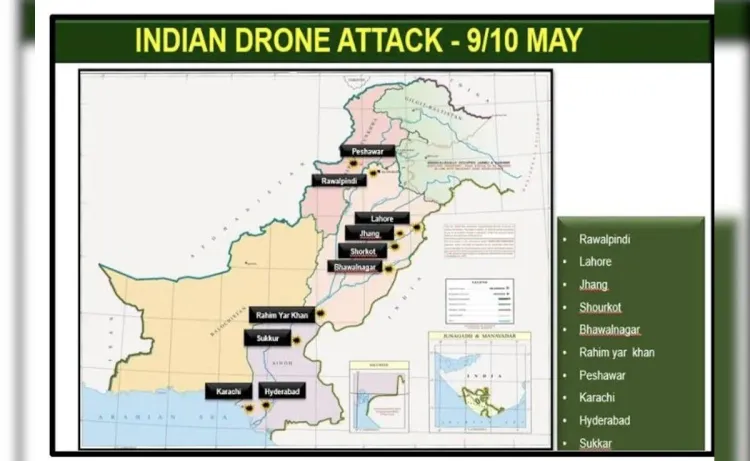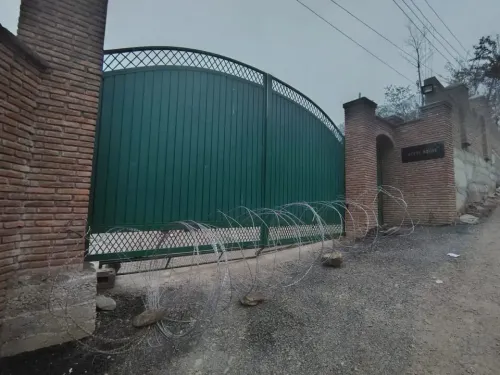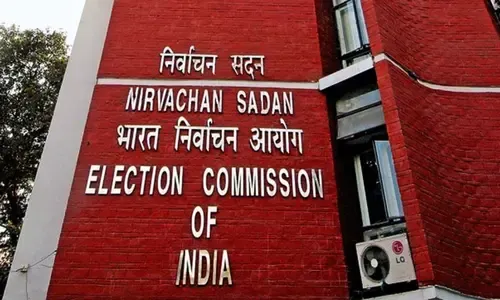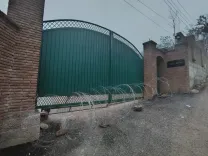Did India Hit 9 Terror Bases in Pakistan During Operation Sindoor?

Synopsis
Key Takeaways
- Operation Sindoor involved deeper strikes than previously admitted.
- New revelations indicate a broader military strategy by India.
- The Pakistani dossier highlights the extent of damage within Pakistan.
- India continues to redefine its counter-terrorism policy.
- Regional security dynamics are shifting due to these developments.
New Delhi, June 3 (NationPress) India conducted more extensive and deeper operations within Pakistan during Operation Sindoor than previously disclosed, according to a secret Pakistani dossier concerning their internal military operation 'Bunyan un Marsoos'.
The dossier, obtained by NDTV, reveals at least eight additional Indian airstrikes not acknowledged by Indian defense officials.
Maps included in the Pakistani dossier highlight Indian strikes on significant cities such as Peshawar, Jhang, Hyderabad in Sindh, Gujrat in Punjab, Gujranwala, Bahawalnagar, Attock, and Chor—areas that were not mentioned publicly by the Indian Air Force or the Director General of Military Operations during post-strike briefings following the May 7 counteroffensive.
The newly revealed information provides fresh insights into the magnitude of Operation Sindoor and is seen as a crucial factor behind Pakistan's urgent plea for a ceasefire.
Initiated by India targeting nine high-value terror strongholds in Pakistan and Pakistan-occupied Kashmir (PoK) in response to the heinous Pahalgam terror attack, which resulted in the death of 26 civilians, including one Nepali national, Operation Sindoor highlights India's counter-terrorism strategy.
The dossier challenges Islamabad's previous assertions of inflicting heavy damage on India, instead emphasizing the extent of destruction experienced within Pakistan.
Indian defense sources had already described the operation's scope, emphasizing the targeting of key terror centers across Pakistan and PoK in retaliation for the Pahalgam attack.
While initial reports identified several high-value targets, including the Jaish-e-Mohammed headquarters in Bahawalpur and the Lashkar-e-Taiba camp in Muridke, the revelation of deeper incursions indicates a strategic decision by New Delhi to let Pakistan disclose the complete extent of the damage.
Reportedly, the newly identified targets encompass both military and dual-use facilities in urban areas far beyond those recognized by India, indicating a more ambitious and strategically calculated military operation than previously believed.
Earlier satellite images released by Maxar Technologies had already confirmed significant damage at various locations, supporting Indian claims of precision strikes against terror infrastructure.
The nine sites initially acknowledged by India included Muzaffarabad, Kotli, Rawalakot, Chakswari, Bhimber, Neelum Valley, Jhelum, Chakwal, and other terror bases.
Despite India's explicit communication that its actions were limited to targeting terror facilities, Pakistan retaliated with a series of drone and missile strikes against Indian civilian areas, religious sites, and military posts along the western front.
In response, India targeted 11 Pakistani air bases—Nur Khan, Rafiqui, Murid, Sukkur, Sialkot, Pasrur, Chunian, Sargodha, Skardu, Bholari, and Jacobabad—resulting in considerable military repercussions.
This unprecedented escalation, which lasted three days, ultimately compelled Pakistan to request a ceasefire, widely interpreted as a reflection of the substantial losses it incurred.
Meanwhile, New Delhi has reaffirmed that Operation Sindoor has transformed India’s counter-terrorism approach, establishing a 'new normal' against terrorism, where any major terror attack is regarded as a declaration of war.
The Pakistani dossier, inadvertently endorsing India's operational narrative, signifies a shift in India's military stance.










